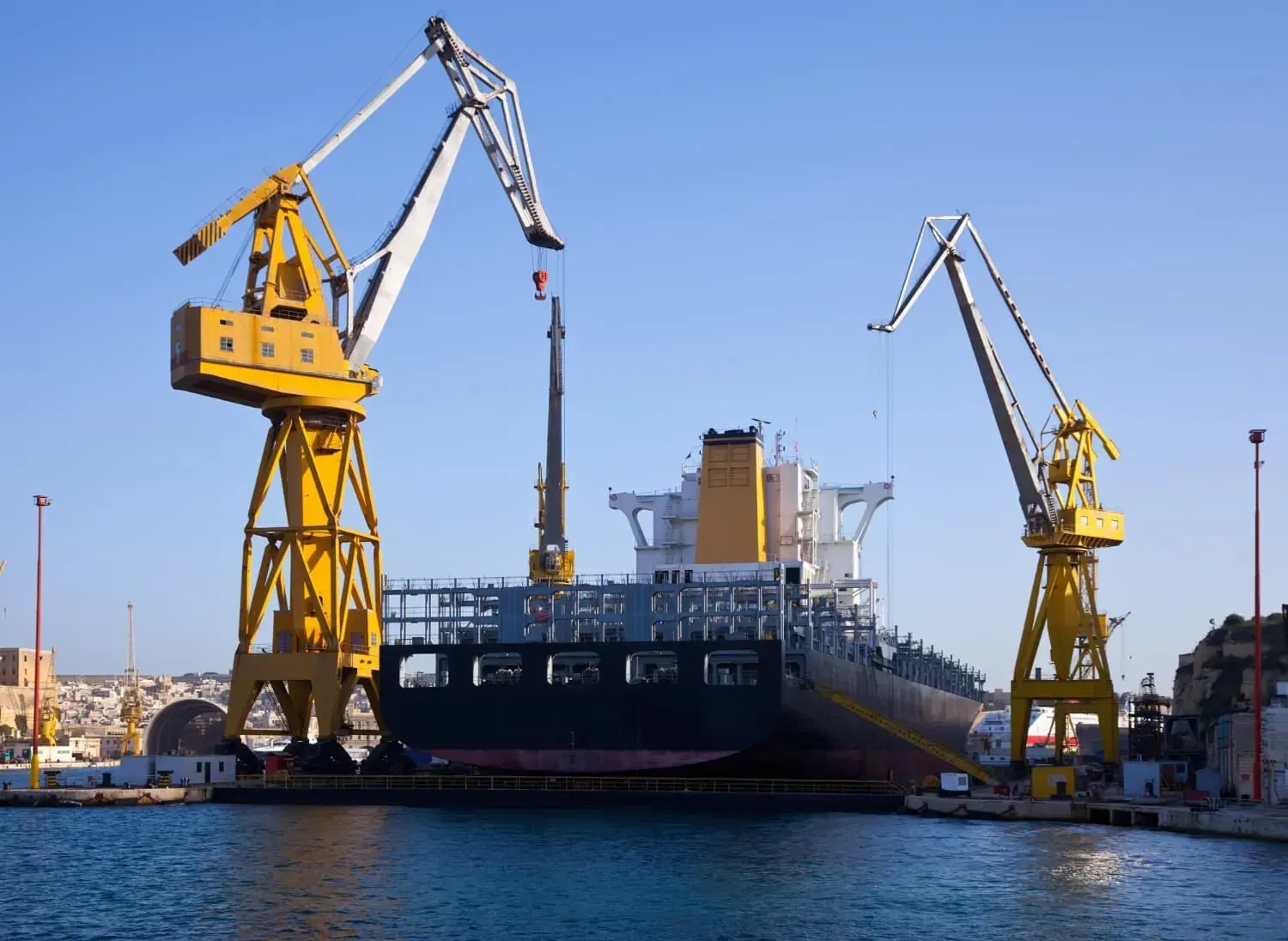Colombian Oil Exporters: Opportunities and Challenges in the Global Market

Oil is a crucial pillar of Colombia’s economy, significantly shaping its trade balance and export structure. As one of the leading oil exporters in Latin America, Colombia maintains strong commercial relationships with key destinations such as the United States and Panama. This highlights the importance of oil in the country’s international trade strategy.
The Role of Oil in Colombia’s Economy
Economic Influence and Trade Balance
Oil contributes significantly to Colombia’s Gross Domestic Product (GDP) and serves as a primary source of foreign currency. The trade surplus generated by oil exports helps stabilize the national economy, supports fiscal revenues, and plays a strategic role in international negotiations and economic growth.
Share in Colombia’s Total Exports
Crude oil holds a dominant position in Colombia’s export portfolio, often outperforming other sectors like agribusiness and manufacturing. While this demonstrates the sector's commercial strength, it also reveals economic dependency risks tied to global price fluctuations and the shift toward renewable energy.
Comparing Oil to Other Export Sectors
Compared to other export industries, oil makes up a larger share of national revenues. However, this reliance increases Colombia's exposure to external shocks—such as geopolitical tensions or demand changes. As a result, the country must focus on export diversification and developing competitive alternatives.
Top Export Destinations for Colombian Oil
The United States: Main Importing Partner
The U.S. is Colombia’s largest oil export market. Factors such as geographic proximity, refining capacity, and free trade agreements have strengthened the bilateral energy relationship.
Economic Ties with the United States
Exports to the U.S. represent a major share of Colombia’s foreign income. This steady demand also offers pricing stability and secures a dependable market—making the U.S. a cornerstone of Colombia’s oil trade strategy.
Other Strategic Markets
Colombia has diversified its oil export destinations to reduce overdependence on one country. Notable markets include Panama, India, and China.
Panama as a Regional Hub
Panama has shown notable growth in Colombian oil imports. Its strategic location and role as a logistics hub make it a natural partner for regional energy distribution.
Growing Demand from India and China
Emerging economies such as India and China are increasing their oil consumption to fuel industrial and economic expansion. Colombia has leveraged this trend to diversify its export channels and tap into high-growth markets with long-term potential.
Export Statistics and Recent Data
2022 Oil Export Highlights
In 2022, Colombia recorded approximately $16.1 billion USD in exports of crude oil and bituminous minerals. This made the oil sector the top contributor to the country's external sales, reinforcing its economic and geopolitical relevance.

Growth Trends Over the Past Year
Over the last year, Colombian oil exports have shown an upward trend, with significant increases in key international markets. Despite global volatility, the sector has successfully adapted and uncovered new opportunities, painting an optimistic picture for the near future.
Notable Export Increases by Market
- Panama: +$3.29 million
- United States: +$2.7 million
- Spain: +$461,000
These gains highlight Colombia’s efforts to diversify its oil export portfolio and expand its footprint in the global energy market.
Challenges and Opportunities in International Trade
Operating in the international oil market presents both strategic challenges and opportunities for Colombia. To remain competitive, the country must continue adapting to a dynamic and demanding global environment.
Market Diversification and New Destinations
Reliance on a limited number of export markets increases vulnerability. Therefore, Colombia is pursuing:
- Stronger trade relations with emerging economies
- Exploration of opportunities in Asian and European markets
- Integration into trade agreements that ease access to new regions
Adapting to Sustainability Demands
With growing global concern over climate change, Colombian oil exporters are increasingly expected to adopt sustainable practices, including:
- Clean extraction technologies
- Carbon footprint reduction initiatives
- Compliance with global environmental standards
Sustainability is not just a moral imperative—it’s a competitive advantage in future-facing markets.
Impact of Oil Price Fluctuations on Exports
Oil prices have a direct influence on export revenue predictability. To counteract price volatility, exporters and policymakers must consider:
- Financial hedging mechanisms to reduce income risks
- Regular market assessments to adapt strategies
- Strategic reserves and contingency funds for low-demand periods
Oil Imports in Colombia
Though Colombia is a net exporter, it still imports oil to meet specific domestic needs. This highlights the complex structure of its national energy market.
Main Sources of Imported Oil (2022)
- United States – Colombia’s primary oil supplier
- Trinidad and Tobago – A key regional partner
- Ecuador – A significant neighbor in trade
- Panama – With smaller but consistent volumes
- Spain – Contributing moderate but important quantities
The Role of the U.S. as a Supplier
The United States plays a crucial role in Colombia’s oil imports, supplying crude oil and refined products. This partnership supports Colombia’s internal demand and reinforces bilateral economic ties.
Imports vs. Exports: A Balanced Trade Approach
Colombia's oil sector shows a dual dynamic—while exports generate major revenue, imports are vital to internal energy security. Managing both sides effectively is essential to national stability.
Domestic Consumption Management Challenges
Key internal challenges include:
- Price instability in global markets
- Rising domestic demand
- Balancing local production with strategic imports
- Ensuring long-term sustainability and supply reliability
These factors require robust energy policy, innovation, and infrastructure upgrades.

Innovations and Improvements in Colombia’s Oil Sector
Investment in Infrastructure
Infrastructure development is essential for optimizing extraction, transport, and storage operations. Key investment areas include:
- Modernization of pipelines, ports, and loading terminals
- Upgrades to logistics systems for operational efficiency
- Measures to reduce disruptions in the supply chain
Enhanced infrastructure not only boosts productivity but also strengthens Colombia’s resilience in the global energy market.
Adoption of Advanced Technologies
The Colombian oil industry is increasingly embracing digital transformation. Innovations include:
- Automation of extraction and refining processes
- Artificial intelligence for predictive maintenance and resource management
- Data analytics to improve production forecasting and decision-making
These technologies help reduce costs, increase safety, and improve sustainability in oil operations.
Sustainable Policies and Implementation
Environmental responsibility is becoming a strategic priority in oil production. Key sustainable practices being adopted include:
- Reducing greenhouse gas emissions
- Proper waste management during extraction and processing
- Engaging with local communities to ensure socially responsible operations
By integrating sustainable policies, the Colombian oil sector enhances its global competitiveness while contributing to environmental and social well-being.
Future Outlook for Colombia’s Oil Industry
Short- and Long-Term Demand Expectations
- Short-term: Oil demand is expected to remain strong, fueled by growing economies and the energy needs of developing nations.
- Long-term: As the world moves toward renewable energy, uncertainty grows. However, oil will remain critical during the energy transition period.
The Role of Extractive Industries in the Economy
The extractive industries, particularly oil, are vital to Colombia’s economic development, contributing through:
- Job creation
- Tax revenue
- Investment in national infrastructure
A stable oil sector ensures broader support for other productive areas and national growth.
Strategies to Maximize Export Opportunities
To fully harness its potential, Colombia’s oil industry should pursue the following strategic actions:
- Market diversification: Reduce dependency on a few countries by exploring new global destinations
- Infrastructure enhancement: Improve logistics and transportation to increase export efficiency
- Sustainable innovation: Invest in technologies that reduce environmental impact while boosting competitiveness
- Stronger trade partnerships: Build lasting relationships with international stakeholders to expand commercial opportunities
















